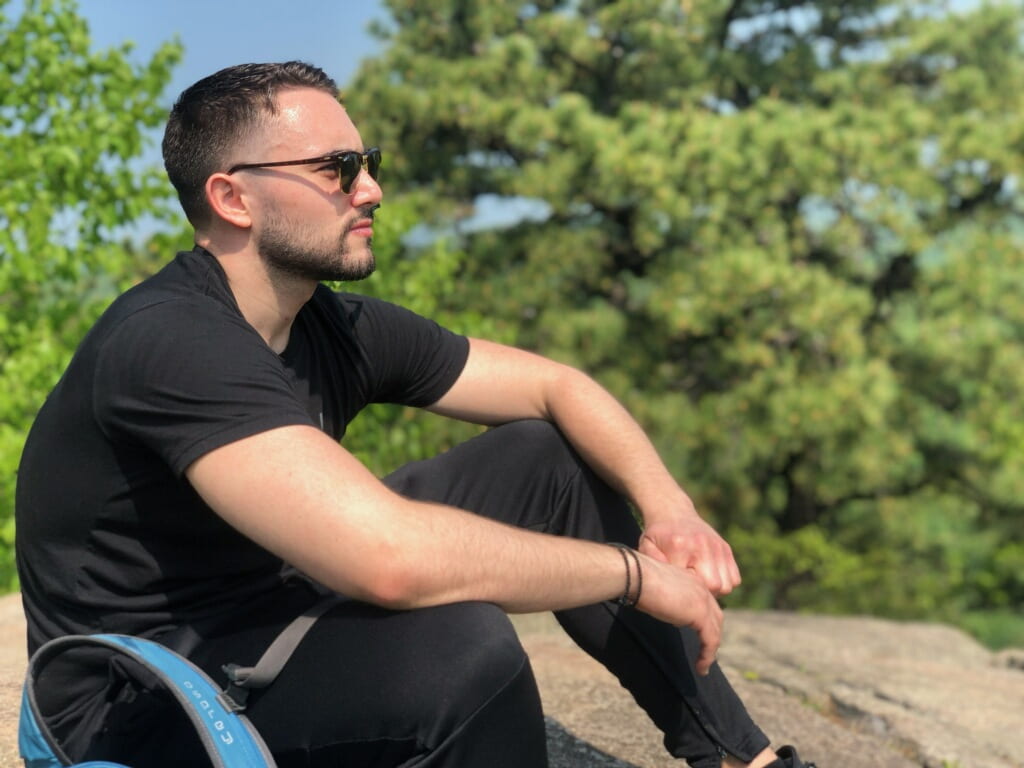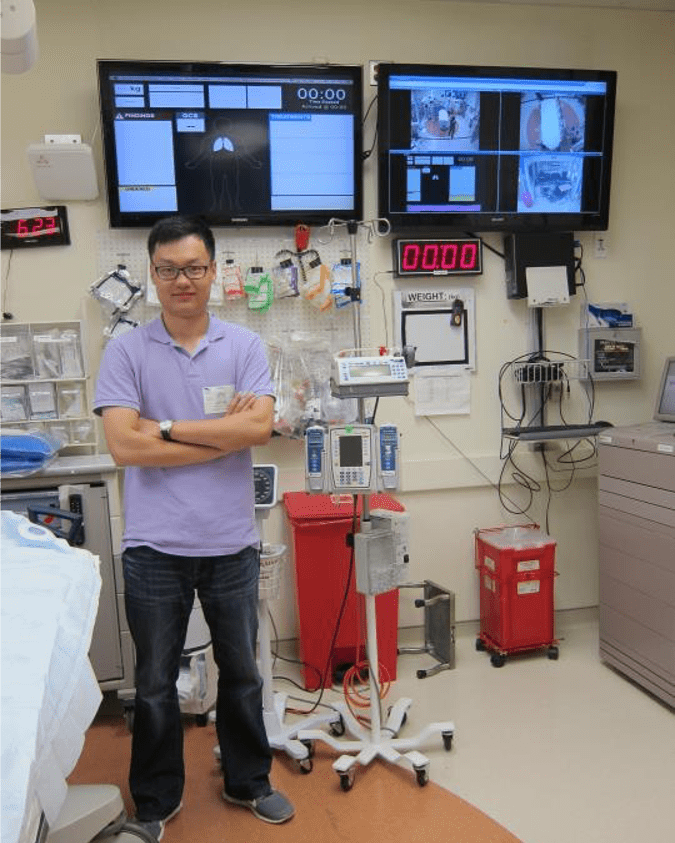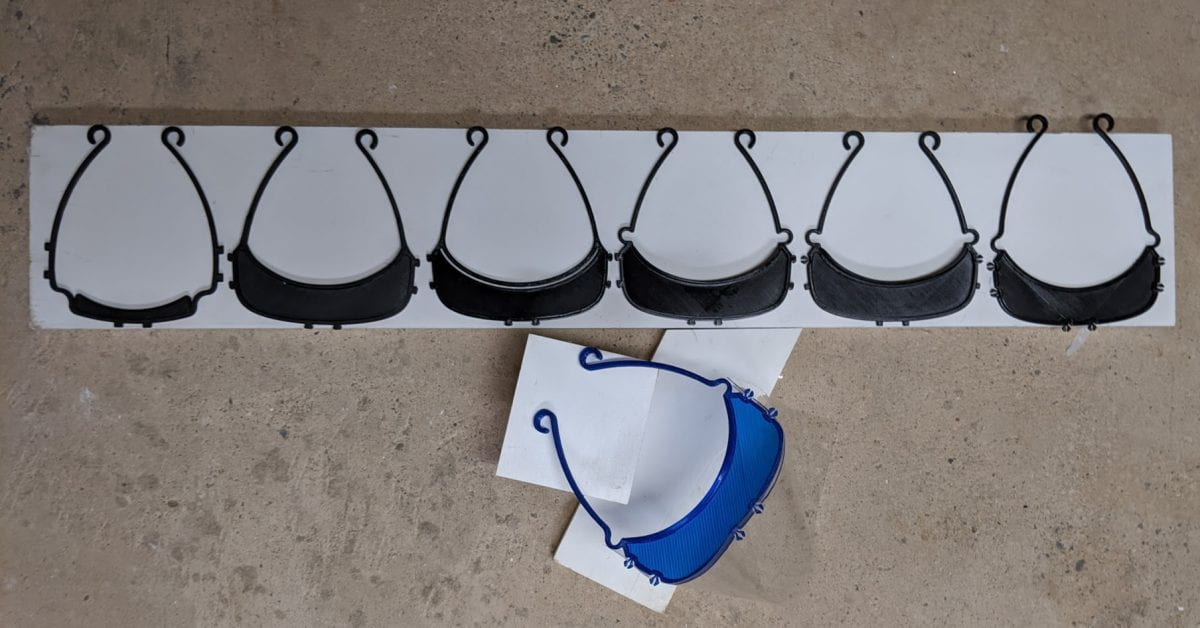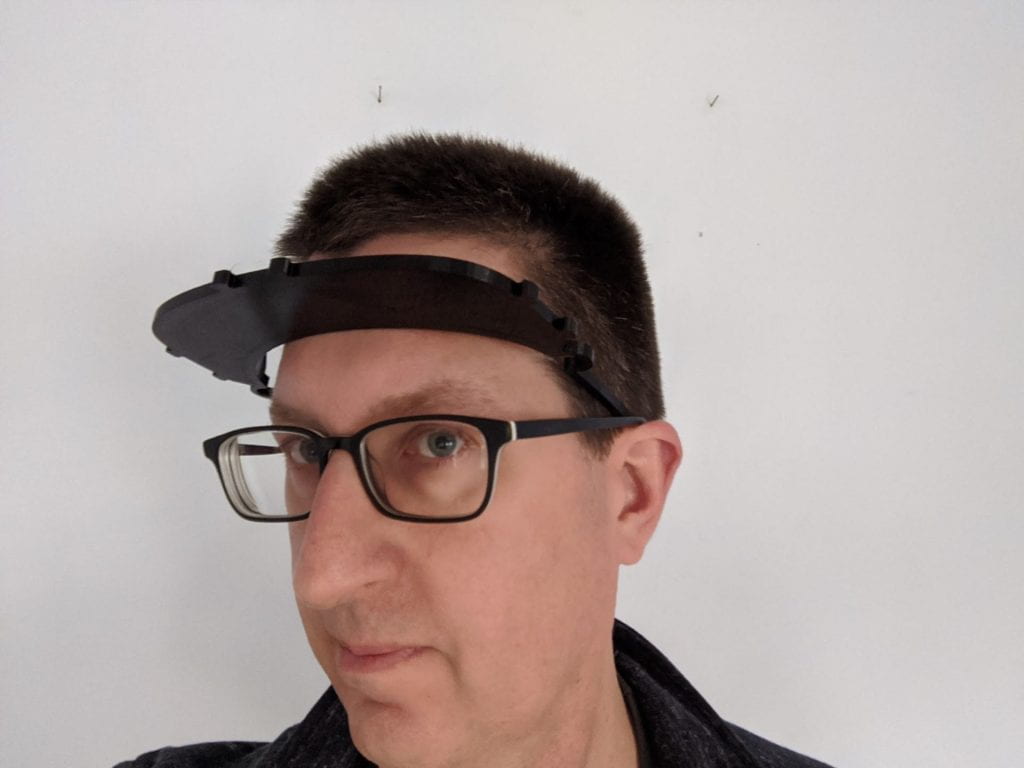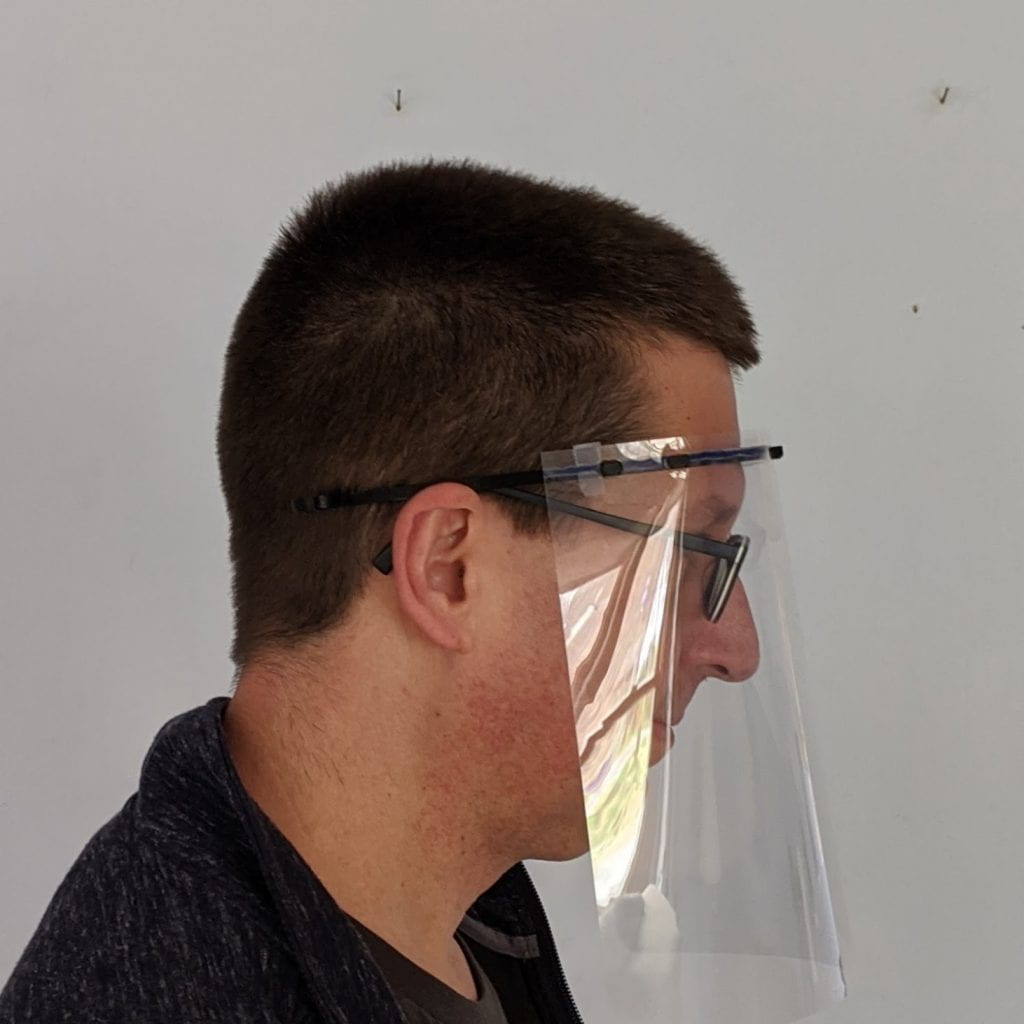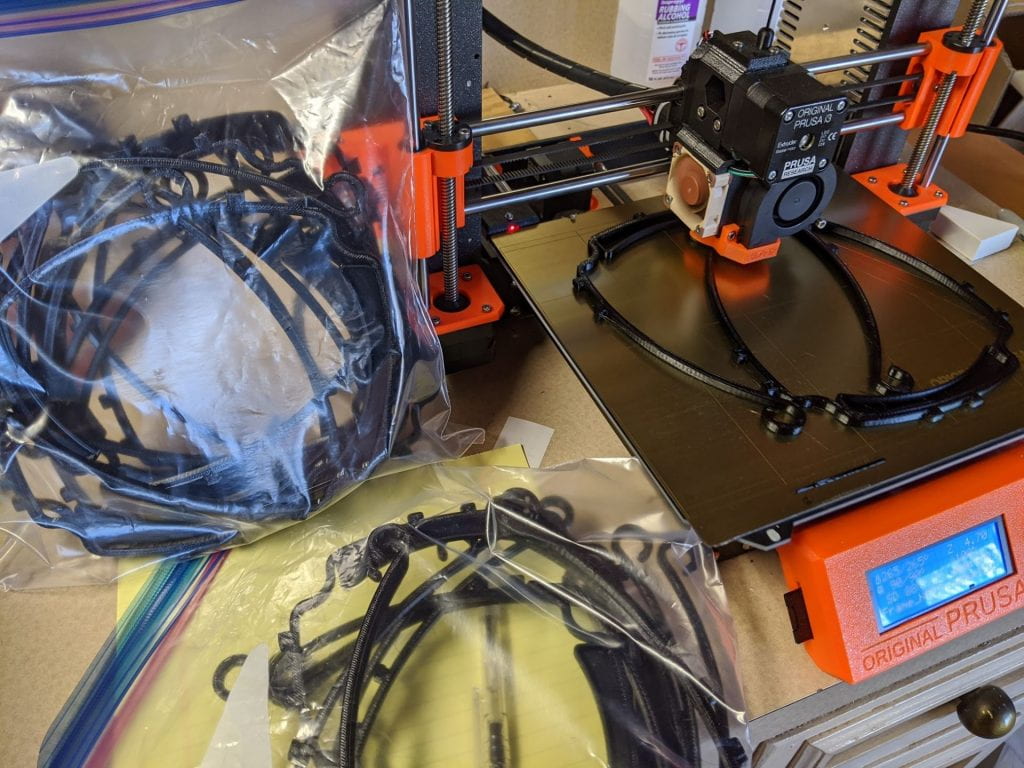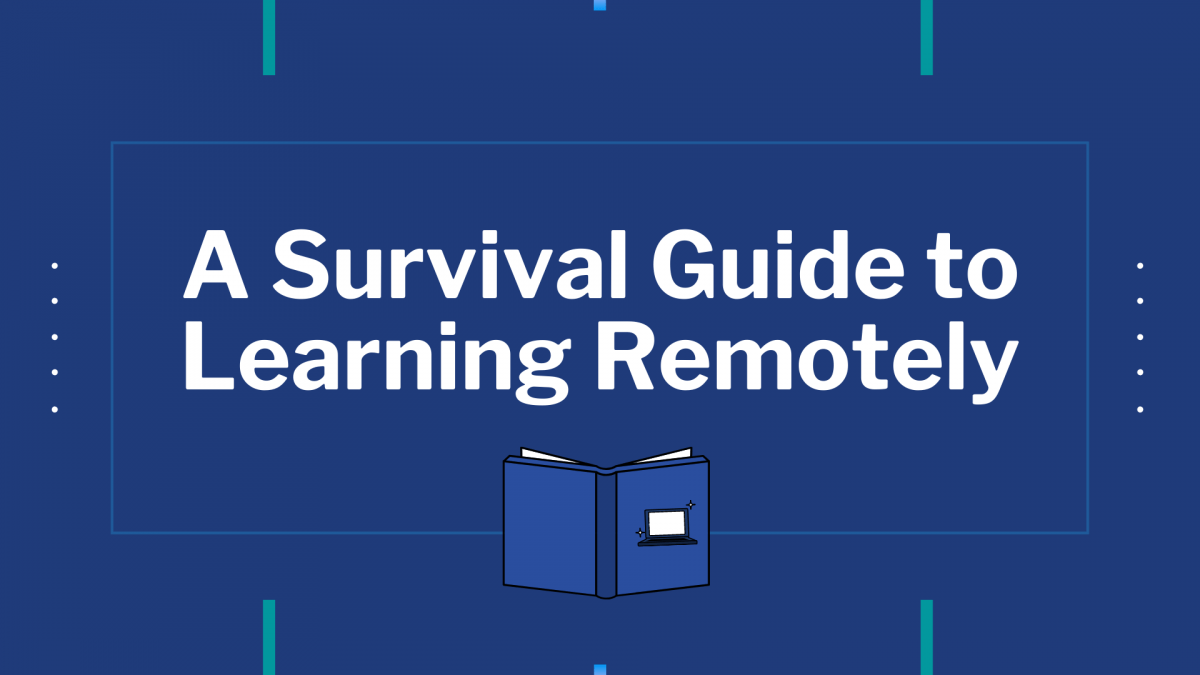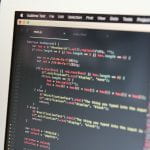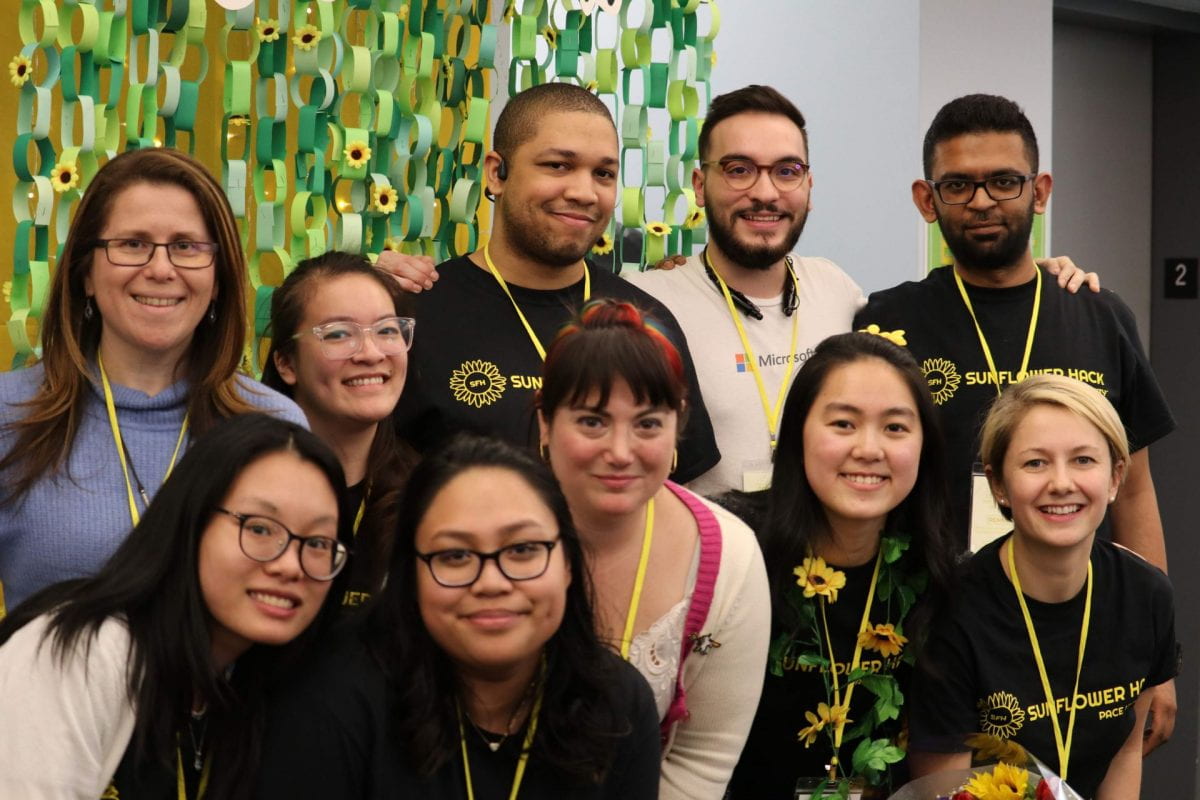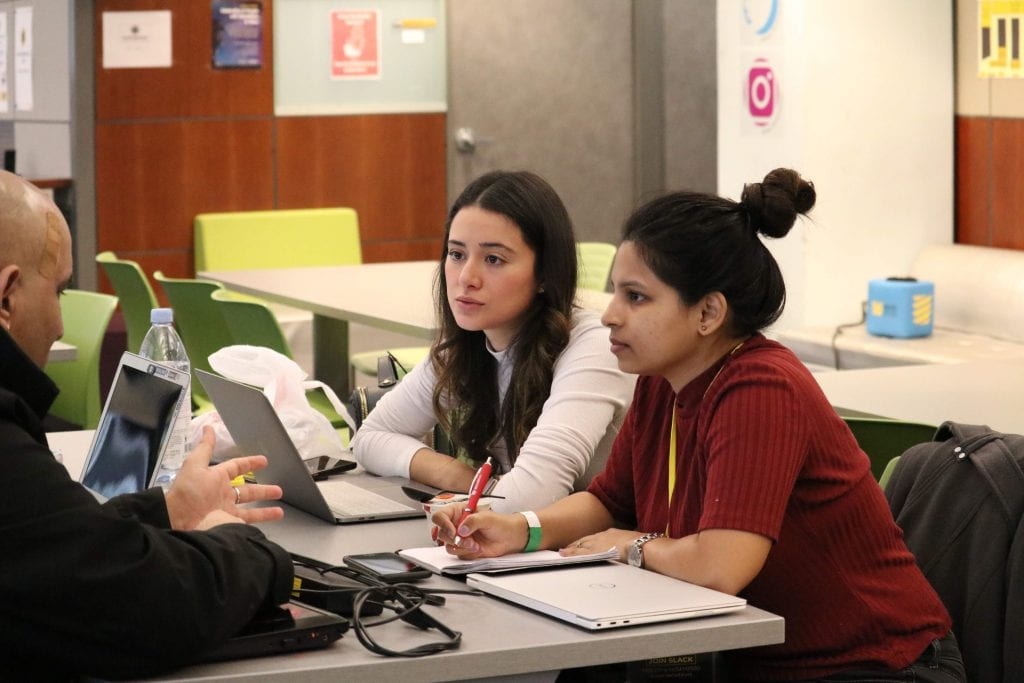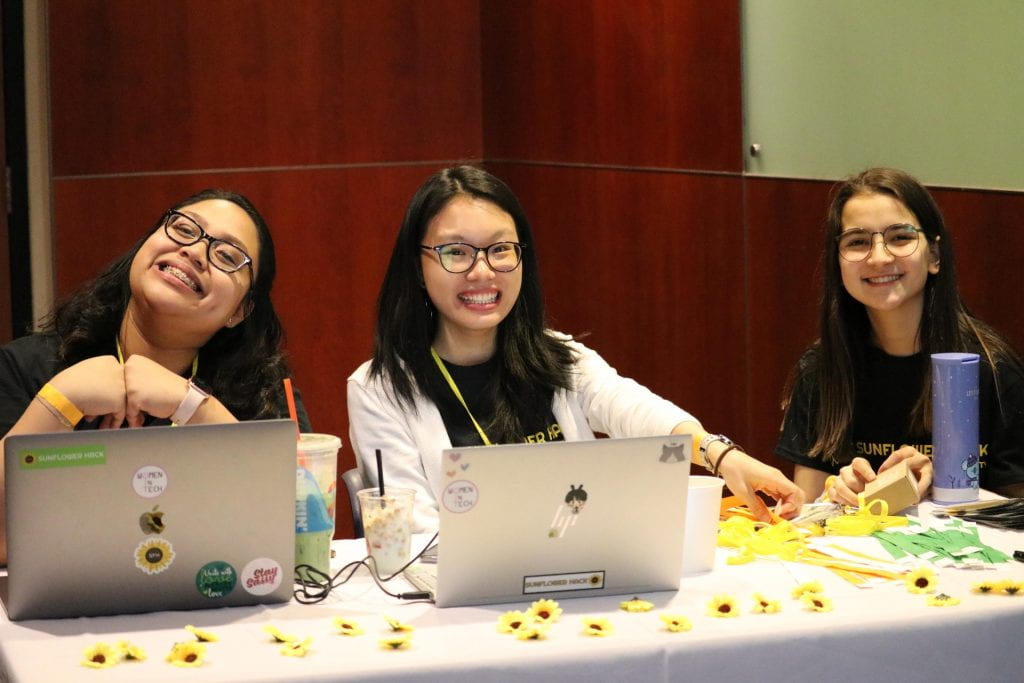When students graduate from Pace University’s Seidenberg School of Computer Science and Information Systems, they may depart the proverbial nest but they certainly don’t leave our community. John Madias, who recently earned his Master’s in Computer Science, is one whose future we are particularly excited to follow.
We asked John a few questions about his experience at Pace, his career so far, and what he plans for his future.
What program did you study at Pace and why did you pick that one?
The MS in Computer Science. I have been working at CM&F Group for the last four years, currently as the Director of Internal Systems/Development Specialist, and decided early on that I wanted to advance my skills and abilities in my current position. I currently work on the Operations Team for CM&F Group, an insurance company mainly offering malpractice insurance. Prior to these experiences, I received my Bachelor’s Degree in Marketing and worked as the Director of Marketing at the Brooklyn Chamber of Commerce. Through my professional and educational journey to expand my knowledge in the field of marketing, I discovered the importance of basic coding knowledge and began to code on my own. I quickly found myself enjoying that very much and the rest is history.
Did anything surprise you during your degree?
I really enjoyed learning about mobile app development. I was a little hesitant at first, given the stresses and complexities that come with mobile development work, but learning the very basics to the more advanced concepts became a really enjoyable experience. It’s a very fulfilling feeling to develop a mobile app to fruition, from the beginning stages of a project – literally drawing a sketch of your app with a pen and paper – to running the final user-friendly product.
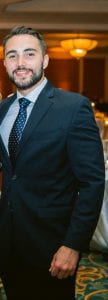
What are you most proud of in all of the things you have done over the last few years?
In the last few years, I am most proud of being able to manage all of my responsibilities successfully. Since the Fall 2017 semester when I started my Master’s degree, I have worked a full-time job, kept a healthy, daily workout routine and even started as a student at Renzo Gracie Jiu Jitsu in early 2019. I knew being able to keep a healthy work-school-life balance would be a challenge, but I am proud to say I was able to achieve all of my goals whole-heartedly.
Balance is important. Kudos for achieving that. Any other standout moments?
Algorithms and Computing Theory was not an easy class, but it sure was entertaining. Despite having to grasp the complex theories and essential algorithms, Professor Thomas M. Schmidt made this class fun and interesting with his unique style of teaching. He referred to the class as the “Kingdom of Algorithmia” and, from time to time, would come to class dressed as a King. Certainly something I will never forget.
What’s one piece of advice you would give to future students?
One piece of advice I would give to future students is that if you really want something, you will find the time to do the work and get it done. There is no room for excuses. Just put the work in.
Finally, and importantly, what’s next for John Madias?
Hmm, what’s next? CM&F Group has become more than a job and like an extended family to me. I will continue to work there applying my new skills and abilities to better the firm’s business and make the process of applying for insurance better for our clients. I also have a lovely girlfriend of four years and am excited to see what the future holds for us.
Through his dedication, motivation, and discipline, John has demonstrated traits that we like to refer to as “the quintessential Seidenberg student” – someone who puts in the work, faces challenges head on, is scrappy and always ready to take advantage of the next opportunity.
Congratulations on making it through your master’s program, John! It’s a significant achievement and we are excited to hear about where it takes you.


